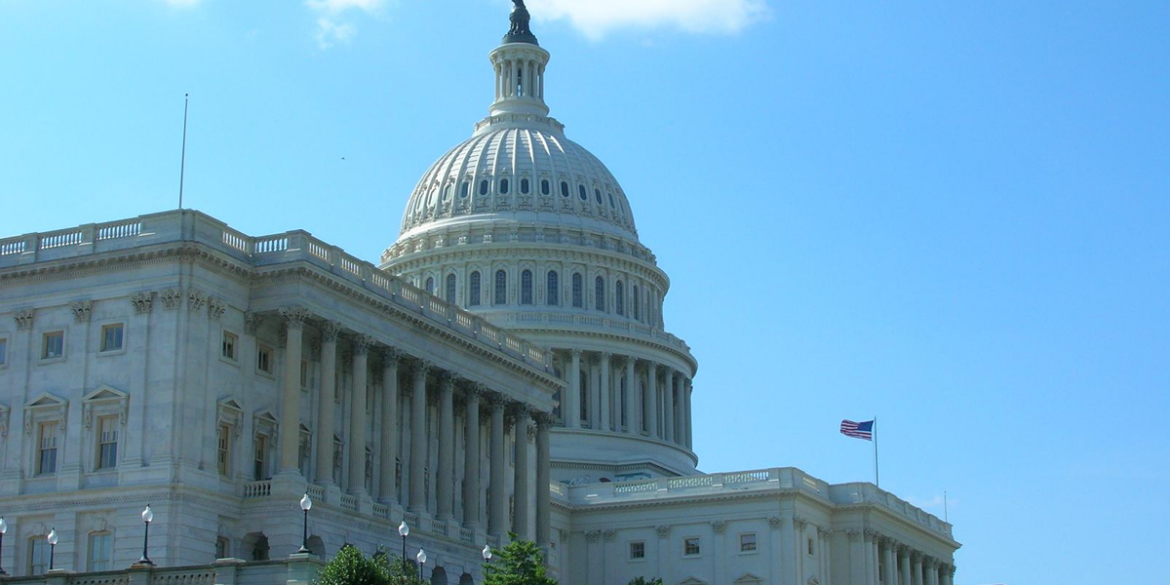SECURE 2.0 Act
The SECURE 2.0 Act (Setting Every Community Up for Retirement Enhancement) has been passed by Congress and signed into law. The Act contains modifications to the current tax system that will have far-reaching effects on personal financial planning.
While the SECURE 2.0 Act contains sweeping regulatory changes to a wide range of areas, some of the most important aspects of the act—and those that are the most likely to have an impact on individual investors—include:
Required minimum distributions
There are a number of changes regarding required minimum distributions (RMDs)—the amount of money retirement account holders are required to withdraw annually after reaching a certain age.
- The Act increases the mandatory age for taking required minimum distributions (RMDs) from 72 to 73 in 2023, then again to 75 in 2033.
- The penalty for failing to take an RMD will decrease to 25% of the RMD shortfall (10% if corrected in a timely manner), down from 50% in years prior.
- Beginning in 2024, Roth accounts held in an employer retirement plan no longer have RMDs. This is a significant change that potentially provides even more incentive for employees to contribute to the Roth account in their employer-sponsored plan.
- Qualifying annuity payments exceeding the amount of an individual’s RMD can be considered to fulfill the year’s RMD requirement.
Catch-up contributions
The SECURE 2.0 Act also includes changes to the rules about catch-up contributions, the higher amounts that people over the age of 50 are allowed to contribute to their retirement accounts.
- Starting in 2025, individuals aged 60 through 63 will be able to make catch-up contributions of $10,000 per year (indexed to inflation) to a qualified employer retirement plan, such as a 401(k) or 403(b).
- Stipulates that catch-up contributions for employees who earn more than $145,000 must be made to a Roth account (where contributions are made on an after-tax basis rather than a pre-tax basis).
- Beginning in 2024, the IRA and Roth IRA $1,000 catch-up contribution for those aged 50+ will be indexed to inflation. That boosts the overall annual contribution limit to personal IRAs and Roth IRAs from $6,500 to $7,500—a number that could increase over time.
Employer contributions
Several legislative changes in the new law also impact employee contributions in ways that will affect individual investors and their retirement planning.
- Most notably, if your employer-sponsored retirement plan allows, employees now have the option of directing any employer contributions to a Roth account within the employer-sponsored plan. Therefore, if you have a 401(k) through your employer and your employer participates in an employee matching program, those matching funds that used to go into a traditional 401(k) can now be deposited into a Roth account, instead. Because Roth-designated contributions must vest immediately, this feature may be of limited use in plans where employer contributions are subject to vesting.
529 plans
The SECURE 2.0 Act also makes significant and likely very welcome changes to the way 529 education savings plan assets can be distributed.
- 529 education savings plan assets up to $35,000 can now be rolled over into a Roth IRA in the name of the plan’s beneficiary. The amount eligible for rollover is subject to yearly contribution limits, as well as a requirement that the account has been open for 15 years and that the assets being rolled over have been in the account for at least 5 years. Essentially this now allows account holders to benefit from the full value of unspent 529 assets without any tax penalty.
Qualified charitable distributions
Another SECURE 2.0 Act change is the widening of eligible recipients of qualified charitable distributions and an increase in contribution limits for those over 70½ .
- One-time qualified charitable distributions of up to $50,000 can now be made to a charitable remainder unit trust, a charitable remainder annuity trust, or a charitable gift annuity. The $50,000 limit is adjusted annually for inflation and counts toward any RMD.
- If you are 70½ years of age or older, you can now give up to $100,000 to any qualifying charity directly from an IRA account (that donation also qualifies to fulfill your RMD obligations).
Student loan debt
Finally, the SECURE 2.0 Act also outlines some big changes in student loan debt.
- Starting in 2024, employers will have the ability to match an employee’s student loan payments with a contribution to the employee’s retirement account. There is a cap on those contributions of $22,500. While it remains to be seen how many companies will utilize this new option, it could become a potentially significant benefit for some employees.
The changes outlined above are the key highlights but are by no means comprehensive. The SECURE 2.0 Act contains a great deal of important changes; investors and account holders are encouraged to talk to a trusted financial advisor about the scope and possible effects of those changes.
Find the straightest path toward your goals. Contact Us!
“Advisory services offered through The Nemes Rush Group LLC. Securities offered through J. Alden Associates, Inc., member FINRA/SIPC. The Nemes Rush Group LLC and J. Alden Associates Inc. are not affiliated. The information presented is for informational purposes only. Please consult your tax professional to determine the tax effects on your personal situation prior to making any investment.”


